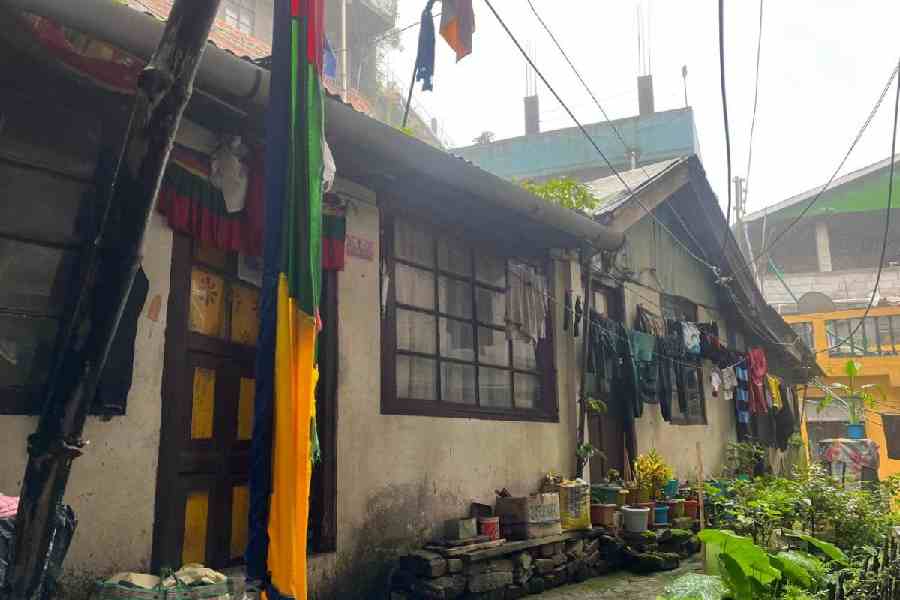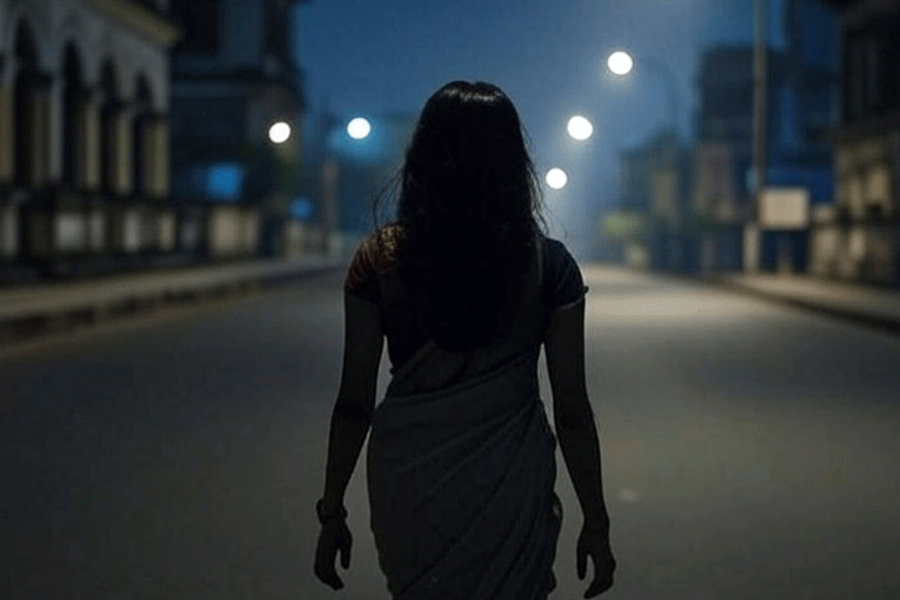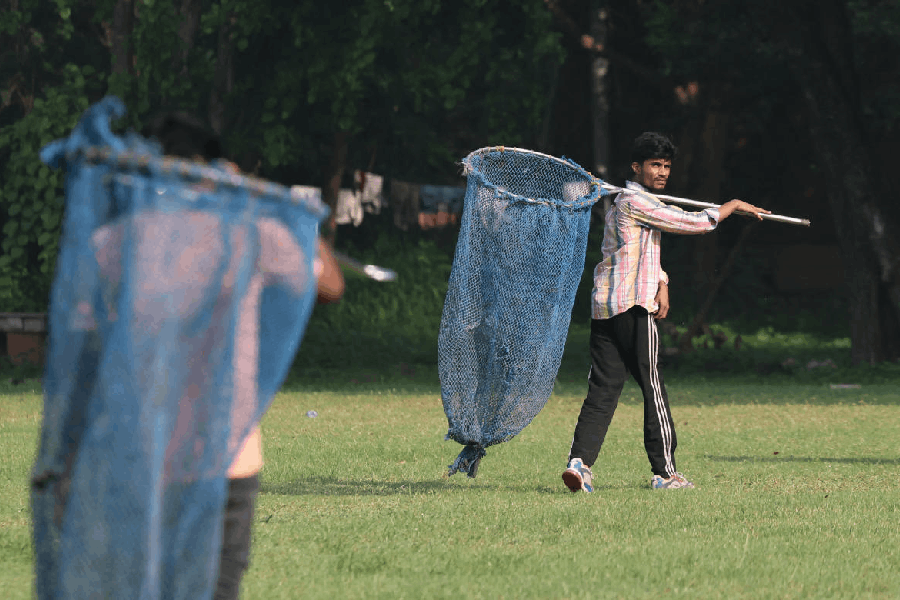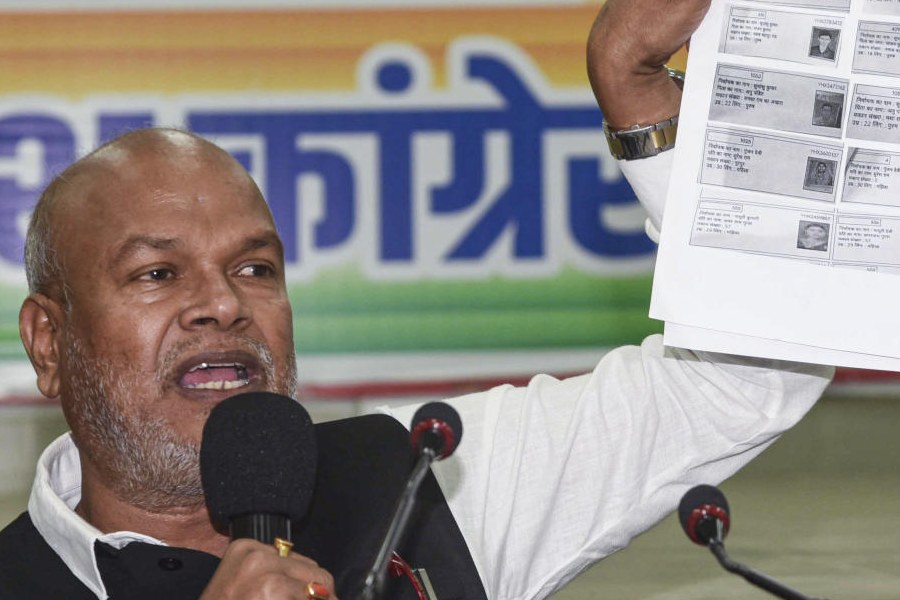Lhasa Villa, named after the looming capital of the Tibetan plateau, is a well-known locality in Darjeeling, nestled along National Highway 110 or Hill Cart Road, about a kilometre before you reach the hill town’s railway station.
This description should suffice for those even slightly familiar with Darjeeling, and help them broadly identify the area. Local folks are, of course, well acquainted with it.
But few residents of Darjeeling actually know that the area is named after a villa, a one-storeyed structure that still stands, albeit crumbling and forgotten, holding a tale as intriguing as it is neglected.
The villa, once home to Sarat Chandra Das, a Bengali scholar and British-era explorer born in 1849 in Chittagong in was then a district in eastern Bengal, is all but lost in Darjeeling’s maze of concrete growth.
Das, a civil engineer by training and a graduate of Presidency College, Calcutta, was appointed headmaster of the newly established Bhutia Boarding School in Darjeeling in 1874, even though he had no prior knowledge of the Tibetan language.
The appointment raised eyebrows and at the time fuelled theories about British intelligence ambitions.
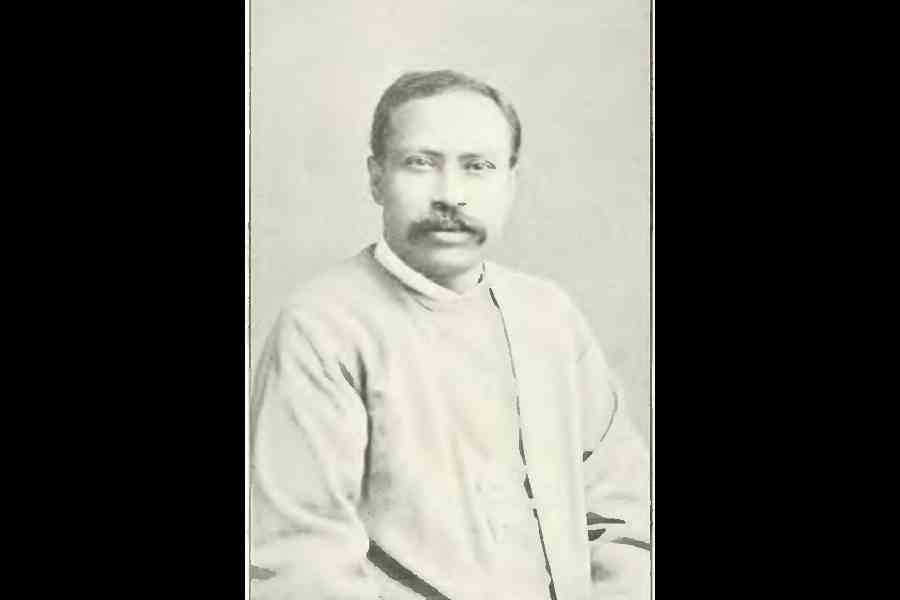
Sarat Chandra Das, a Bengali scholar and British-era explorer. Source: Wikisource
The school was named Darjeeling Government High School in 1892 and has many distinguished alumni, including Bengal’s former finance minister Asim Dasgupta.
Das visited Tibet for the first time in June 1879, which was for nearly six months, and later for 14 months in 1881-82.
The visits are fascinating with many researchers, based on records, even terming Das a “spy” of the British.
Prompted by curiosity and the elusive history behind the locality’s name, we — friend, retired banker and Darjeeling resident Cheten Bhutia and I — set out to locate the villa on a drizzly Monday morning recently.
We met near Cheten’s house on J.B. Thapa Road and entered a small alley at the mouth of which was a signage that read in capital letters: “Lasha Villa, Ward No 7, Darjeeling”. It had been put up by the Lasha Villa Social Group.
Five minutes in, we reached a crossroads and started asking for directions. Most locals replied with slight amusement: “You are already in Lhasa Villa”.
“No, we want to locate Lhasa Villa, the house,” Cheten said, only to be met with blank stares.
Cheten, who has travelled far and wide not just within the country but abroad, had located the villa earlier. This time, he could not find his way in the maze of alleys and concrete beauties.
Finally, with help from more locals who consulted each other, we located the modest one-storeyed tin-roofed villa surrounded by other structures and seemingly oblivious of its own importance.
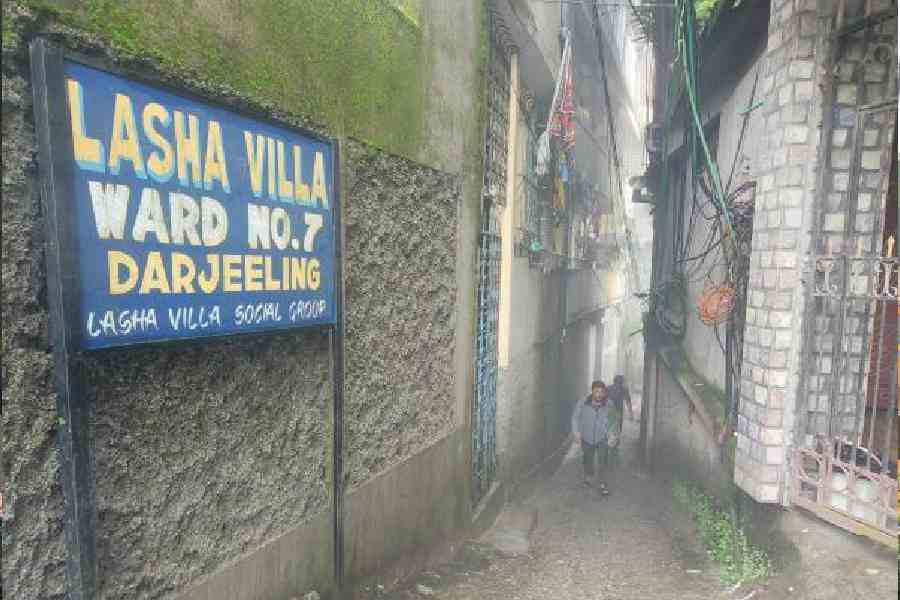
Lhasa Villa in Darjeeling. Photograph: Vivek Chhetri
The two families renting it out also seemed unaware of the story of the space they were inhabitants of. “We have lived here for the last 19 to 20 years,” said an elderly man who did not want to be identified. “People do turn up sometimes, mostly from the plains, to take photographs of this house,” he added.
The tenants pointed to a house, which according to them belonged to the owners of Lhasa Villa.
Upon reaching it, through another complex network of stairs, we rang the bell; a woman answered the door. She stated clearly that she had little information about the villa and asked that the family be left alone as they were tending to a medical issue.
That day we returned none the wiser, but the expedition made me look up Sarat Chandra Das’s story.
After graduating from Presidency College, Das grew close to Sir Alfred Croft, who was the then director of public instruction, Bengal. It was by his representation to the Indian government that it became possible for Das to travel to Tibet.
Soon after being posted to the Bhutia Boarding School, Das started studying Tibetan and established friendly relations with the Raja of Sikkim.
In 1878, Ugyen Gyatso, a monk and teacher attached to the Bhutia school, was sent to Tashilhunpo and Lhasa to visit monasteries. Taking advantage of this gesture, by way of a quid pro quo arrangement, permission was obtained from the Tibetan authorities for Das.
The monk managed to obtain an invitation from the Prime Minister of the Panchen Rinpoche of Tashilhunpo to visit the centre in Tibet for Lamaist learning.
To avoid prying eyes, the Tibetan minister entered Das’s name as a student of theology at the same monastery.
In June 1879, Das went to Tibet in Ugyen Gyatso’s company, and stayed as a guest of the Prime Minister. It is said that during his stay he explored areas north and north east of Mt Kanchenjunga, geographies about which nothing was previously known.
During his second visit in 1881 — accompanied by monk Ugyen Gyatso again — Das conducted an extremely important survey of Lake Palti (Yamdo Tso). It is after these journeys that Das named the villa in Darjeeling after Lhasa.
Reports of these journeys were printed in two separate publications on orders of the government and were titled Narrative of a Journey to Lhasa in 1881-82 and Narrative of a Journey Round Lake Yamdo (Palti), and in Lhokha, Yarlung, and Sakya in 1882.
W.W. Rockhill, who edited Das’s work Journey to Lhasa and Central Tibet, published in 1904, has stated: “For various reasons these reports were kept as strictly confidential documents by the Indian government until about 1890, when selections from them, bearing exclusively upon the ethnology of Tibet, however, appeared in an article in the July number of the Contemporary Review…”
In 1885, Das also went to Pekin (Beijing). From his trips to Tibet and Pekin, Das brought volumes of scripts apart from writing his own scripts.
The Indian government conferred on him the title Rai Bahadur while the Royal Geographic Society awarded him the “Black Premium” for his geographical researches.
Lama Ugyen Gyatso was also awarded the title of Rai Bahadur.
Many researchers have maintained that in later years people who helped Das in Tibet faced severe consequences, casting an “espionage” shadow on Das’s trip to Tibet.
Back in Darjeeling, I visited the Darjeeling Government High School. While a photograph of the first headmaster Sarat Chandra Das has been kept at the school office, little is known about his legacy.
“Please contact our former headmaster K.W. Lama, who probably has some information to share on this topic,” said a staff member.
Lama, 83, spoke about the Bhutia school and other details of Das based “on information obtained from school records and some oral history”, as he was careful to point out. He turned out to be one of the few local links still preserving the old legacy.
Lhasa Villa, the house endures to date, but no one can say for how long.

